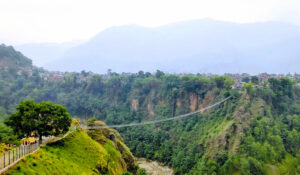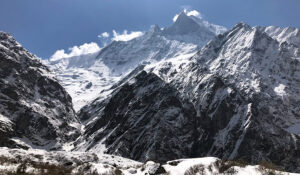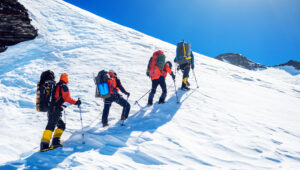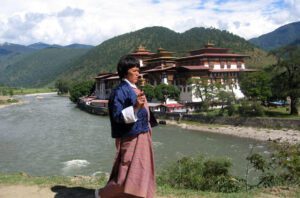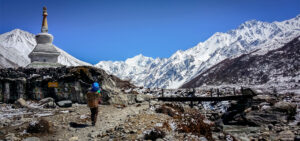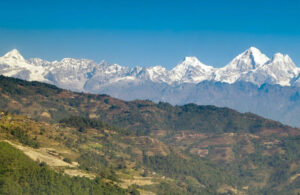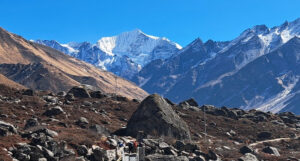
A piece of mountaineering history is being brought back to life. The original route used by Sir Edmund Hillary and Tenzing Norgay during their legendary 1953 first ascent of Mount Everest is set to reopen for climbers in the spring 2026 season. With nearly 80% of the reconstruction completed, the project aims to offer a safer and more sustainable path for those attempting Everest, Lhotse, and Nuptse.
Since 2021, the initiative has been led by French mountaineer and researcher Marc Batard, working in collaboration with renowned Nepali climbers Speed Kaji Sherpa and Pasang Nuru Sherpa. Their mission: to revive the historic trail from Everest Base Camp to Camp I, once the main route to the summit before being replaced by the modern Khumbu Icefall route in 1984.
“This route offers a safer and more permanent alternative to the current path through the Khumbu Icefall,” said Speed Kaji Sherpa. “Once approved for commercial use by the government, it will make climbing Everest, Lhotse, and Nuptse significantly safer for all mountaineers.”
A Safer, More Sustainable Alternative
Unlike the current route, the revived Hillary–Tenzing path bypasses the dangerous Khumbu Icefall—a four-kilometer maze of unstable ice towers, shifting crevasses, and treacherous ladders. This section has long been regarded as one of the most hazardous stretches on the world’s highest mountain.
To restore the old route, the reconstruction team has carved through black rock and large boulders, installed around 200 permanent iron ladders, placed signposts, and used 300 meters of fixed rope to ensure safety and navigation. These upgrades aim to create a long-lasting, eco-friendly alternative that minimizes risk and reduces the environmental impact of constant seasonal repairs.
Adapting to Climate Change Challenges
The Khumbu Icefall route, used for over four decades, requires yearly maintenance by a specialized team known as the “Icefall Doctors.” However, with climate change accelerating glacial melt and destabilizing ice formations, maintaining a safe passage through the icefall has become increasingly difficult. In recent seasons, several expeditions have even diverted through Lho La Peak, near Camp I, due to worsening conditions.
A New Era for Himalayan Expeditions
Once reopened, the restored Hillary–Tenzing route will mark a new chapter in Nepal’s mountaineering history — one that honors its pioneering past while prioritizing modern safety and sustainability. The initiative is expected to benefit not only professional climbers but also the Sherpa community and Nepal’s overall mountaineering industry.
The Spring 2026 season could witness climbers once again following in the footsteps of Hillary and Tenzing, retracing the route that first took humanity to the top of the world—this time with modern safety measures and a vision for sustainable adventure.

